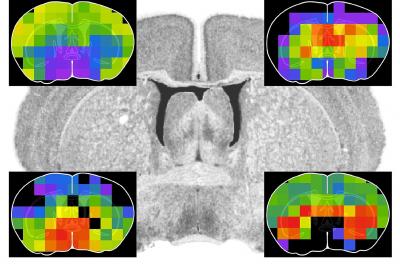Know Science And Want To Write?
Donate or Buy SWAG
Please donate so science experts can write
for the public.
At Science 2.0, scientists are the journalists,
with no political bias or editorial control. We
can't do it alone so please make a difference.
We are a nonprofit science journalism
group operating under Section 501(c)(3)
of the Internal Revenue Code that's
educated over 300 million people.
You can help with a tax-deductible
donation today and 100 percent of your
gift will go toward our programs,
no salaries or offices.
- You Don't Need Government Food Bans For Health, Provide Structure And Choice For Kids
- The College Major Is A Recent Invention, It May Be Time To Get Rid Of It
- Ray-Ban Meta Wayfarers - Bulky, Beautiful, Limited
- For July 4th Grilling, Are You Really Buying The US Grown Charcoal You Think You Are?
- Ban Left Turns And Traffic Congestion Goes Down
- The Year Is 2028
-
 John H.
John H. There are so many anti-aging strategies that transhumanists go to the supplement store with a wheelbarrow.
Taurine’s Anti-Aging Hype Takes A Hit In Rigorous New Study · 3 days ago
-
 John
John 2026 - The Democrats sweep the midterms, picking up 305 seats in the House and 35 seats in the Senate (bringing them to 77). (It ain't likely to happen, but this is my dream, ok?) Every state...
-
 Russell
Russell The article is just clearly worse than AI, even weak AI now. You can easily look up that pre-diabetes is a thing. Even if you didn't, then how would you expect type 2 to start? Unlike type 1...
Obama Invented Prediabetes And Kennedy's Wearable Health Monitors Are The Next Evolution · 5 days ago
-
 John
John As usual, Hank, you are simply wrong. Prediabetes was well-known in the medical field long before Obama became president: Colwell, John A., and Allen Lein. "Diminished insulin response to...
Obama Invented Prediabetes And Kennedy's Wearable Health Monitors Are The Next Evolution · 6 days ago
-
 John H.
John H. ”Just this week, Iran responded to Israel preemptively bombing their planned nuclear weapons facility by launching missiles, and the Israeli missile defense system, the Iron Dome, stopped most of...
Golden Dome Missile Shield A 'No-Brainer', According To EMP Expert · 1 week ago












